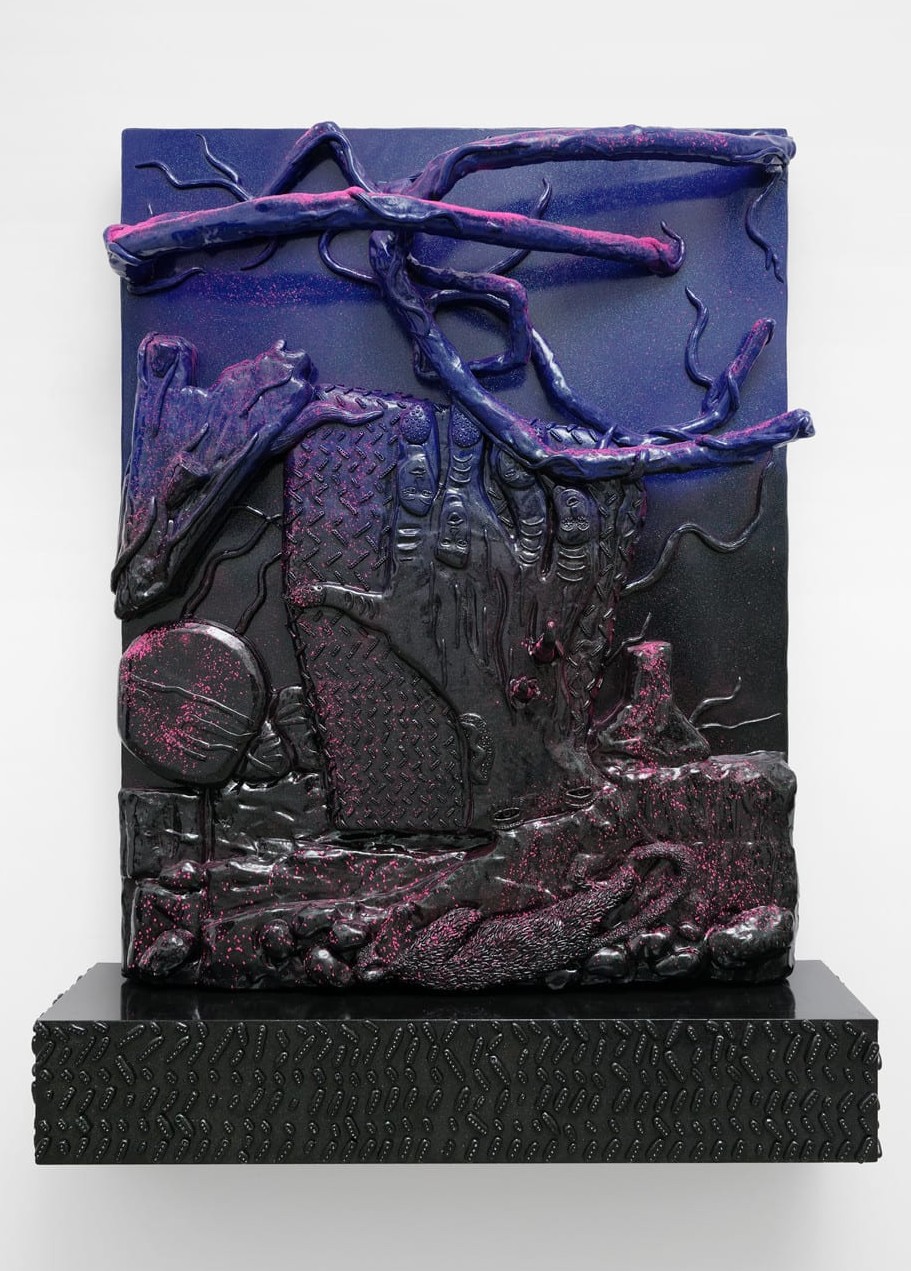Paris,
79, rue du Temple
8 September 2022 - 29 October 2022
Mamali Shafahi’s work reflects his deep fascination with the impact of emerging technologies on life and art. That said, he remains concerned that by focusing on new technology, new generations are losing ties with the magical past of traditional cultures and, more particularly, myths and legends. As a result, Shafahi has deliberately sought to build bridges between our high-tech future and the richness of ancient cultures. Shafahi is particularly sensitive to the powerful vector of transmission inherent to family relationships and “genetic heritage”. Thus, a decade ago, he persuaded his father Reza, then in his 70s and with no prior artistic experience, to start drawing. Shafahi hoped to identify signs of a shared creative gene between them. In parallel, he has continued to integrate both of his parents as actors, artists, and even digital characters in his works, thereby further exploring the perverse implications of parent-child relationships through a process of mutual metamorphosis: parents create and raise their children; later, the adult children transform their parents in turn. In his recent work, Shafahi has been incorporating iconography from his father’s drawings into reliefs, sculptures, and immersive installations. This transgenerational dialogue, where the father’s aesthetics are revisited in the son’s media and style, has resulted in hybrid works featuring fantastic creatures, both human and animal. By means playful or menacing, these works express a tension between historical Iranian aesthetics (drawn from poetry, legend, and Persian miniature paintings that continue to inspire), and global contemporary culture. In this exhibition, the artist pursues this exploration by presenting a series of works recalling ancient pictorial and storytelling traditions. He references the animal-based fables of Aesop and La Fontaine; Kalila wa-Dimna, One Thousand and One Nights, and Attar of Nishapur’s The Conference of the Birds. This explains why Shafahi has chosen to work with a universal iconography featuring gorillas, snakes, scorpions, and the like, the symbolism of which is shared by all. He represents them in situations that are at once puzzling, frightening, violent, and yet playful, recalling the cartoons and video games that shaped the imaginations of children in the 20th century. Narrative and anthropomorphism are suggested but not explicit: we can each construct our own story, drawing on our personal background, culture, and traditions, whether ancient (such as Reynard the Fox), or more recent (such as The Jungle Book or Happy Tree Friends). And in Shafahi’s “fables”, there is no clear-cut conclusion, no moral at the end. That, too, is left for the viewer to decide. The artist hopes to reignite our childhood imagination, revive our innocence and fascination for the magic and poetry of these mysterious tales, and to make us forget about our smartphones, if only for a moment.
